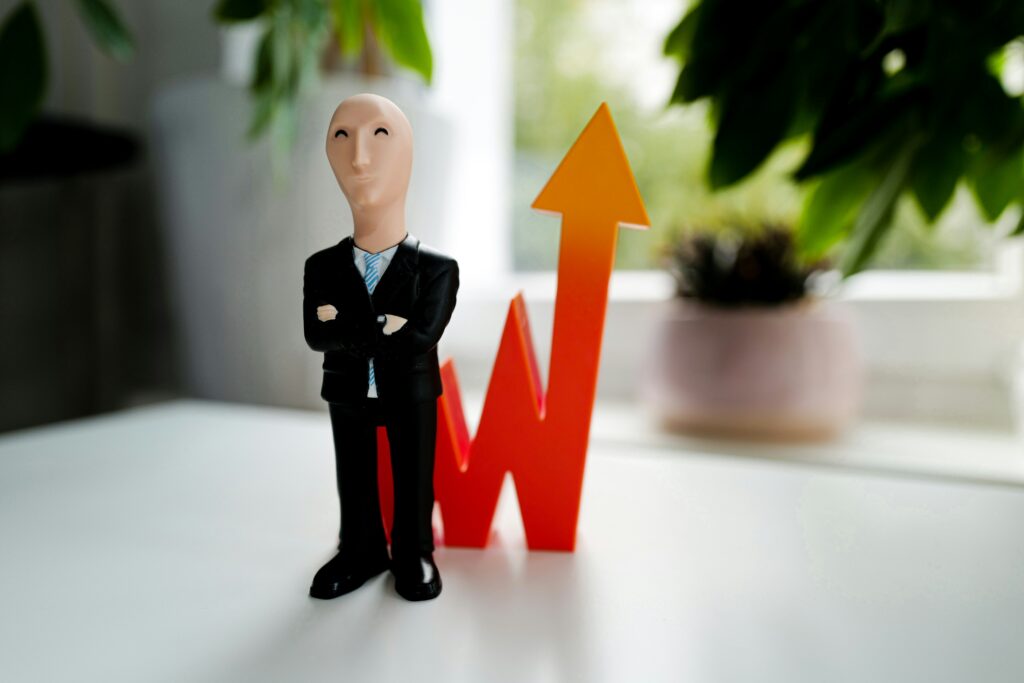As so much of the workforce went remote over the course of the pandemic, almost every organization became an internet-first operation. Whether or not enterprises already had a work-from-home internet policy in place (let alone network infrastructure to support remote access), the sheer scale of the exodus from the office forced virtually every enterprise IT team to change course in how they manage end-user experience.
That means that seemingly overnight, many of the legacy, HQ-centric network management and monitoring technologies that had historically linked workers to apps, customers and each other became moot. MPLS and CASB links were only getting VPN-routed traffic to remote offices, ultimately pushing IT teams to split-tunnel traffic to the public Internet where possible. At the same time, end users at home were forced to rely on mostly asymmetric residential-grade internet to support enterprise workflows.
The result? Internet issues have been rampant for work from home users over the past year and a half. What’s more, many of the same issues permeate across the remote workforce.
At AppNeta, we recently conducted the 2021 Future of the Internet Outlook, which found that issues beyond the last-mile (ie. the connectivity linking residences to the enterprise network edge) were some of the biggest deterrents to productivity this past year.
For 37 percent of respondents, for instance, freezing screens or poor audio quality forced them to hop off video calls over the course of the pandemic. While this may seem like a common (if not innocuous) nuisance on its face, this inability to maintain consistent communication can derail productivity in the long-term in a remote setting.
Freezing video is also only the tip of the iceberg, as there are usually much larger and disruptive issues beneath the surface when video calls go off the rails.
Twenty-eight percent of respondents needed to upgrade their internet-related equipment over the course of the pandemic, for instance, because their residential connections weren’t equipped to handle the upload and download speeds of enterprise-grade applications.
To that end, 23 percent of respondents had to actually change locations (during a global pandemic!) to access performant connectivity, whether that meant hopping on a neighbor’s WiFi or finding an available coffee shop to hole up in for an afternoon.
It’s become abundantly clear that expanded access to well-performing internet is not just a wish but an expectation going forward.
According to the findings, 65 percent of American adults think if the internet becomes a public utility (meaning un-privatized) it will be a positive step toward a better-connected society. When asked what a better-connected society would look like, one quarter of respondents wanted to see global internet coverage and 22% identified free WiFi in public and shared spaces as a priority.
When it comes to what the “table stakes” are for this newly connected future, 23 percent of respondents were eager for “new levels of speed and connectivity,” while a quarter of respondents expect global internet coverage within the next 5-10 years.
While the 2021 Future of the Internet Outlook found that 18 percent of those surveyed were unable to complete work tasks due to poor internet connectivity and 14 percent experienced issues connecting to business applications, these are only the perceptions of end users. When IT looks at the larger business impact of poor connectivity across a whole network of individuals, the collective impact can be shocking—and have serious implications to a business’s bottom line.
With the future of work continuing to be a foggy prospect for many businesses, enterprise IT teams need to future-proof their networks for whatever conditions may arise. While IT had a crash course in pandemic-induced digital transformation over the past year, it’s high time for network ops teams to firm up their network strategy to support end-user experience wherever users get the job done.
This includes not only rethinking how companies can support end users at home or in the field—whether that means working with users to upgrade connectivity or even providing a WFH stipend—but also firming up the office connections for when users do ultimately return.
It’s a foregone conclusion that remote work isn’t going away; IT leaders need to ensure that they are arming their network teams with the necessary management solutions to ensure a well-connected remote workforce well into the future.
- Internet Expectations Sky-high After a Year-plus of WFH - August 26, 2021




Comments are closed.